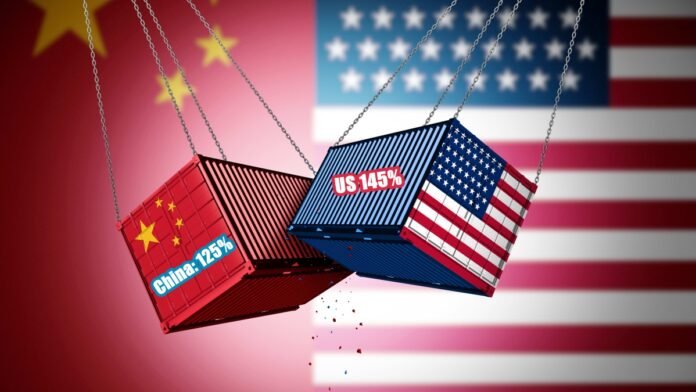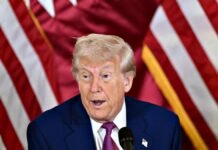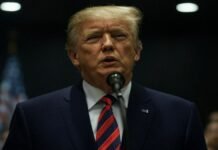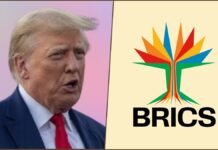
Key Points:
- Tariff escalation: The U.S. has raised tariffs on Chinese goods to a staggering 145%, prompting China to retaliate with 125% tariffs on American imports.
- Global impact: The trade war is disrupting global supply chains, with stalled shipments, canceled orders, and rising uncertainty in key sectors.
- China’s resilience: Despite internal economic challenges, China refuses to bow to U.S. pressure, leveraging its relatively low export dependency on the U.S.
- Economic fallout: The tariff war is hurting American farmers and businesses, traditionally part of Trump’s voter base.
New Delhi: The trade conflict between the United States and China has intensified, with both nations imposing record-high tariffs on each other’s goods. On Friday, Beijing announced a 125% tariff on American imports in retaliation for U.S. President Donald Trump’s decision to hike duties on Chinese goods to 145%. This escalation marks a critical point in the ongoing trade war that threatens to destabilize global markets and supply chains.
In an official statement, China’s Ministry of Finance criticized the U.S., calling the tariffs “unilateral intimidation” and warning that further increases would be regarded as an “economic farce.”
Trump’s Tariffs: A Double-Edged Sword
President Trump’s aggressive tariff strategy is aimed at pressuring China into trade concessions. However, the move has had unintended consequences for both nations:
Impact on China:
- While China faces internal challenges such as a real estate slump and rising youth unemployment (16.9% in February 2025), its economy remains resilient. Exports to the U.S. account for only 2% of China’s GDP, minimizing the direct impact of U.S. tariffs.
- Chinese manufacturers are grappling with canceled orders and stalled shipments, particularly in electronics, solar panels, and heavy machinery sectors.
Impact on the U.S.:
- American farmers and manufacturers are bearing the brunt of China’s retaliatory tariffs. Key exports like soybeans, pork, and machinery have seen reduced demand.
- Trump’s voter base in agricultural states is feeling the economic strain, raising questions about the long-term political fallout.
China Stands Firm Amid Economic Challenges
Despite facing domestic economic hurdles including a struggling property market, high debt levels in provinces, and weak consumer demand—China has shown no signs of backing down. President Xi Jinping stated that China “will not bow to unjust suppression,” signaling Beijing’s readiness to endure a prolonged trade conflict.
Key Challenges for China:
- Real Estate Crisis: Property prices continue to fall despite government interventions, with major developers like Evergrande reporting record losses.
- Youth Unemployment: Joblessness among young people remains a pressing issue, exacerbating social and economic pressures.
- Supply Chain Disruptions: Exporters are struggling with tighter regulations and reduced demand from international markets.
Global Markets React
The tariff war has sent shockwaves through global financial markets. While some indices have rebounded due to temporary tariff suspensions for other nations, the exclusion of China from these pauses has heightened investor anxiety:
- The Dow Jones Industrial Average initially plunged but later rallied following Trump’s announcement of a 90-day tariff suspension for most countries except China.
- European markets have also experienced volatility as fears of supply chain disruptions grow.
What’s Next?
Experts believe that the trade war is unlikely to de-escalate in the near term. Both nations appear entrenched in their positions, with neither side willing to initiate negotiations. Analysts warn that prolonged tensions could lead to significant disruptions in global trade and supply chains.
Potential Outcomes:
- Further tariff hikes could push businesses to diversify supply chains away from both nations, although this process is costly and time-consuming.
- Global economic growth may slow as companies grapple with higher production costs and reduced consumer spending power.
The escalating trade war between two of the world’s largest economies continues to dominate headlines, with far-reaching consequences for global markets, businesses, and consumers alike.
















































